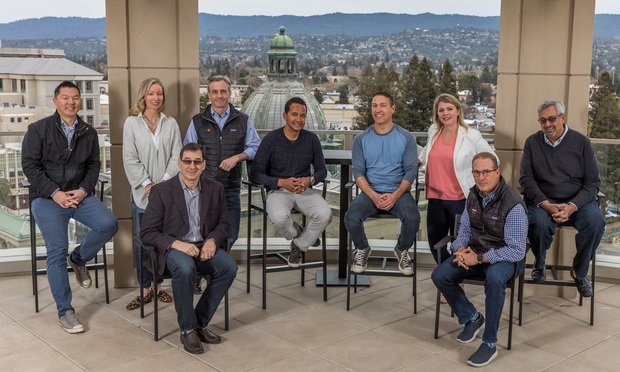
An old adage from Benjamin Franklin tells us the only certainties in life are death and taxes. However, in the world of CMBS special servicing, you can often add a third category to the list: compromise. In this line of work, no matter what the final resolution of an asset may be, there will always be an investor that is less than thrilled with the selected outcome.
There are myriad views, objectives and agendas at play in any CMBS trust. Thus, our industry must be structured around the inherent ability to compromise. As the interests or desired outcomes of a trust's various parties rarely coincide, special servicers often find ourselves as an arbiter, searching for a good outcome for most, which typically is not perceived as a great outcome for all.
Special servicers expect a certain amount of "armchair quarterbacking" from the various constituents, including multiple classes of bondholders, rating agencies and even industry media. Some of the questions or issues raised by these various parties can be legitimate. But others result from too little information, a lack of understanding of circumstances surrounding a specific resolution, insufficient transparency or simply because the final resolution does not benefit that party's self interest.
To understand our side a little clearer, it's critical to look at what we're dealing with in a typical CMBS trust, in which the interest of the key players-senior bondholders, subordinate bondholders and the special servicer may be very different. Special servicers are mandated to maximize recovery on a net present value basis for the benefit of the bondholders, taken as a collective whole. In the current distressed real estate environment, rarely do all parties of a deal share a common perspective.
These differing perspectives exist partly because of the complex structure of the deals, but also because of the sheer volume of assets that have been pouring into special servicing since mid-200S. The CMBS universe has an approximate market size of $700 billion, with the majority of the deals issued between 2005 to 2007. Back then, the market was at its peak, underwriting was overly aggressive and subordination levels were thin.
As a result, the below-investment grade securities-anything rated BBB or below-in the trusts typically only represented around 3% of the total capital stack. That placed the subordinate holders in a tenuous position relative to their ability to appoint and direct a special servicer. When default rates were below 1 %, this issue was little cause for concern. However, in today's market with over 6,000 assets and a combined principal balance in excess of $SO billion currently being administered by special servicers, it creates markedly increased levels of scrutiny for the subordinate holders of a trust.
Additional conflicts can develop when the subordinate holders own or are affiliated with the named special servicer of a trust. In essence, it allows the subordinate holders to appoint themselves as the special servicer, which often creates conflict of an internal nature to go along with the external conflicts discussed above. When the two parties are part of the same organization, it can lead to significantly divergent interests. While most decisions are made based on the special servicer's experience, expertise and best estimate of market conditions, there is clearly room for differing viewpoints. However, with the continued declines in property values, and the relative lack of positive leverage in the current market, special servicers often find themselves searching not for the "best outcome, ' but for the one that is the "least worst." In these uncertain times of unprecedented default rates, it is incumbent upon the special servicer to evaluate all of the options and make decisions based on the best alternatives available to them at that time. But rest assured, no matter the chosen resolution, you won't be able to make everyone happy. And that's as certain as death and taxes.
GlobeSt.com News Hub is your link to relevant real estate and business stories from other local, regional and national publications.
© 2025 ALM Global, LLC, All Rights Reserved. Request academic re-use from www.copyright.com. All other uses, submit a request to [email protected]. For more information visit Asset & Logo Licensing.







